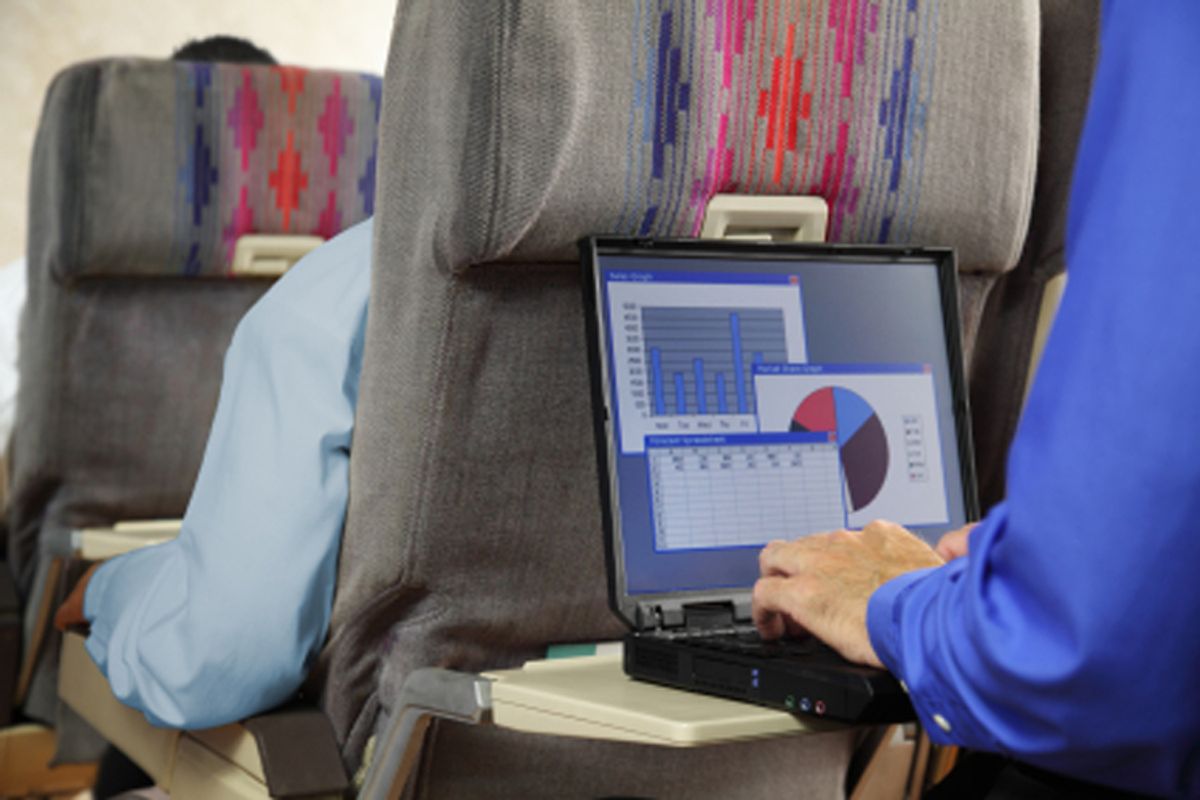Did you catch USA Today's splashy front-page story the other day on pilot fatigue?
Fatigue is one of those evergreen issues that breaks in and out of the news. Industry and the Federal Aviation Administration have been kicking it around for years -- with pilots and flight attendants stuck in the middle. I've had plenty to say on the topic, having addressed it several times in past columns. For a synopsis, see this essay.
One critical, and perhaps counterintuitive, aspect of pilot fatigue -- and one that is seldom mentioned in the press -- is that it tends to be a bigger problem at the regional airline level than at the major airlines. It's the short-haul pilots, not the long-haulers, who bear the brunt of it.
Granted, a 10-, 12-, or 14-hour flight can do a number on one's circadian cycles. But long-haul flights also carry augmented crews, allowing pilots to take scheduled breaks in comfortable on-board sleeping quarters. Layovers are usually at least 24 hours long, and the overall pace and atmosphere of international flying tends to be relaxed.
For regional pilots, it can be a lot more punishing. They fly multiple daily legs in and out of some of the busiest airports. Layovers, sandwiched between long duty periods, are often nasty, brutish and short -- as few as nine hours between touchdown and takeoff, leaving crews minimal time to sleep and scrounge for food.
I've flown regional routes, back-of-the-clock cargo, long-haul international and mainline domestic. Not every pilot will agree, but as far as I'm concerned that list is in descending order, fatigue-wise.
Back in my regional days, it wasn't uncommon to fly six, seven or even eight legs over the course of a 12- or 14-hour duty day. I remember a particular trip we had, circa 1992. It went Boston-Hyannis-Newark-Hyannis-Newark-Hyannis-Boston. Six legs and about eight hours of flying (on paper it was just under eight, keeping it legal, but almost always it ran long), in a noisy, unpressurized Beech-99 turboprop with no autopilot. On good-weather days it was fun, zipping VFR across Long Island Sound and treating customers to a spectacular view of Manhattan as we cut down the Hudson River. In the rain, fog or snow, it was hellish. We would fly this trip four days in a row.
(For those 30-plus hours of backbreaking flying I earned around $500 as a captain. First officers made half that.)
To be clear, the menace of fatigue does not make regional flying unsafe. There is no reason to cancel your booking or otherwise shy away from stepping aboard an RJ or turboprop. There are thousands of highly skilled, well-trained regional pilots out there performing admirably in a tough working environment. But that doesn't mean things can't or shouldn't be improved. Fatigue might be difficult to quantify as a safety issue, but we know it's out there, and we know it has played at least a contributing role in several accidents.
At long last the FAA seems prepared to enact meaningful anti-fatigue legislation, proposing important changes to flight and duty time limitations. These changes were part of the FAA reauthorization bill, passed by the House of Representatives in April.
But not so fast. Several Republican members of Congress are attempting to block or stall critical portions of the bill, calling for yet more "review" of its provisions.
- - - - - - - - - -
Republican members of Congress are also fighting an attempt to impose tougher regulations on another important safety issue: the transport of lithium-ion batteries.
Passengers worry about the damnedest things: wings falling off; planes flipping upside down in turbulence; imaginary terrorists. Most of you never think twice about, and possibly have never heard about, the dangers of lithium batteries.
High-energy lithium-ion power packs, found in many portable computers and other electronic devices, are susceptible to a phenomenon called thermal runaway -- a chemical chain-reaction causing them to rapidly and uncontrollably overheat. The danger isn't a small laptop fire in the passenger cabin, which can be readily handled with an extinguisher, but a bigger fire in an underfloor baggage or freight hold. The Halon suppression systems used by commercial jets in these zones may not be able to douse such fires.
In 2004, a pallet of batteries caught fire aboard a FedEx jet as it readied for takeoff in Memphis. In 1999 a shipment of 120,000 batteries ignited after being unloaded from a Northwest Airlines flight. In 2006, a UPS freighter made an emergency landing in Philadelphia before being ravaged by a lithium-fueled inferno that burned for over four hours. And last September, another lithium fire is believed to have caused the crash of a UPS Boeing 747 near Dubai that killed both crew members.
Certain members of Congress, however, including Rep. John Mica, R-Fla., the chief sponsor of that FAA reauthorization bill, don't appear to be worried. Section 814 of the bill actually prohibits the FAA and Department of Transportation from issuing or enforcing any regulations that are tougher than existing international standards laid out by the International Civil Aviation Organization.
"Regulations that are not harmonized with international safety standards," said Mica, "will disrupt the free flow of commerce and threaten jobs.”
Those two words, "threaten jobs," are such a predictable ploy.
Mica and certain of his colleagues believe that ICAO rules are adequate. Others see the Dubai crash as a ringing reminder that they're not; that they need to be strengthened or better enforced. And there remains the risk of lithium batteries making it into the holds of passenger aircraft unseen or improperly packaged. The chance of a disaster is extremely slight, but as with the fatigue issue, that's hardly a good reason to ignore it.
- - - - - - - - - - - -
Do you have questions for Salon's aviation expert? Contact Patrick Smith through his website and look for answers in a future column.

Shares